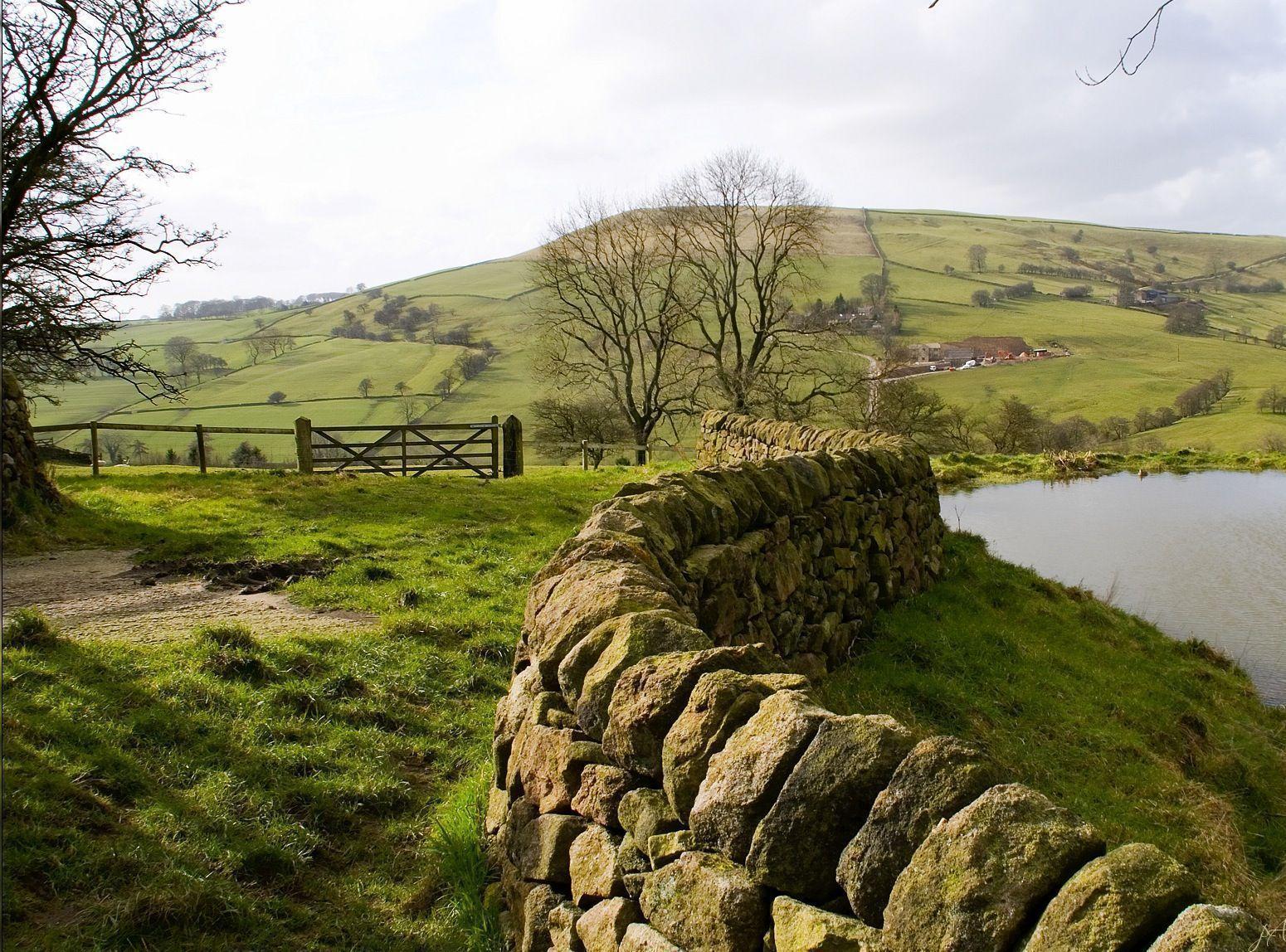It has been announced by the CPRE that 400,000 houses need to be built in the South of England over the next five years. This could mean huge parts of the countryside are lost forever. Some 12.4% of England’s land comes under the ‘Greenbelt’ scheme. Greenbelts were first introduced in 1955, as part of post-war planning reforms and were a response to increased anxiety over the urban sprawl. Not only were they a response to urban sprawl but they have been used as a tool to maintain habitats for animals and keep some of Britain’s most beautiful cities from being encroached on.
The reason for the focus on houses being built in the south of England is that the government wishes to reduce house prices in areas where they are particularly high. For example, London’s house prices are nearly double the national average with the average price for a house in London at £496,000 and England’s average being £269,000. Southern counties will bear most of the brunt with areas such as Cornwall, Bedfordshire and Buckinghamshire being central to plans for the 400,000 houses needed, each being asked to allocate space for at least 10,000 homes.
In short, Greenbelts are land that cannot be developed on unless you meet criteria that either ‘creates or enhances green infrastructure’ (bike/walking paths, tree planting initiatives, etc.). Aside from urban sprawl, the government website lists four reasons for Greenbelts: preventing towns merging together; assisting the countryside from encroachment; preservation of historic towns and their character; and finally, to encourage more urban regeneration and use of brownfield sites instead of more countryside. Brownfield sites are areas of land that have previously been built upon but the land or building is no longer in use.

Most major English cities have greenbelts situated around them. London got the first one in 1955 and they have since been added to Manchester, Birmingham, Newcastle, Oxford, Cambridge, Bristol, York, Leeds, Bradford, Stoke, Bath and Bournemouth. There are some smaller ones situated around other towns also. London has more of its land incorporated into the greenbelt than any other part of the UK with just over 20% of its area falling under the scheme. South West England has the lowest with just under 5% of its land inside greenbelts.
One of the main reasons greenbelts are so important is that they protect the countryside from being consumed into towns and cities. Another really important reason for the greenbelts to exist is so that brownfield sites are utilised more often. Brownfield sites are a really important tool in stopping urban sprawl and reusing derelict land. According to The Countryside Charity there is enough land for 1.3 million new homes, this is brilliant news considering the huge housing shortage we are now facing as a nation. What is more fantastic is that over half a million of the houses already have planning permission. This highlights how we can utilise brownfield sites instead of greenbelt land for a huge chunk of the houses we need to build, and it is likely over the coming years with the most radical planning reforms since World War Two currently working their way through government that more brownfield sites will undergo development and help solve this crisis.
Greenbelts must be a mainstay of the twenty-first century so we do not end up with smaller communities losing their villages to sprawling towns, they are also a key tool in stopping London growing more than it already has in size. While many say this pushes up house prices and stops young people reaching the housing ladder, the housing market is the way it is because of the lack of them being built and the huge reforms that Margret Thatcher enabled in the 1980’s. In fact, greenbelts were here long before the housing market grew to the size that it has, and the size of our housing market should be nothing to be sneered at.
Having greenbelts also means that those living in cities also don’t live too far from the countryside, making it accessible to all. This is important as it is a great place to spend time with friends and just take a moment from the constant buzz of the city. It also allows towns and cities such as: Bath, Oxford and Cambridge to maintain their historic look and status in our history. This is important because these towns and cities have played a huge role in our nation’s history and have such an iconic look and feel to them, this shouldn’t be ruined by huge sprawl and urbanisation.
Moreover, it is clear that we must immediately expand the greenbelt programme to reach across more of England and encompass more towns. It is an important tool to use and one that can be utilised more in different parts of the country. It will be one of the most important tools in stopping urban sprawl for our generation and one that we must use for preservation of our countryside for generations to come.
Alex Game is a Policy Researcher and Campus Coordinator for the British Conservation Alliance.


